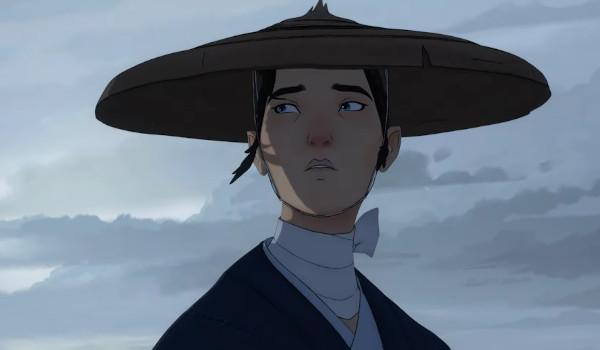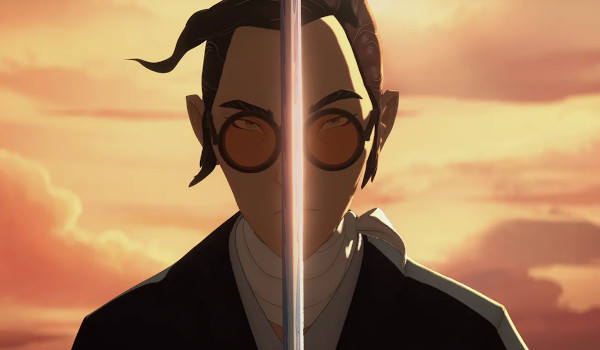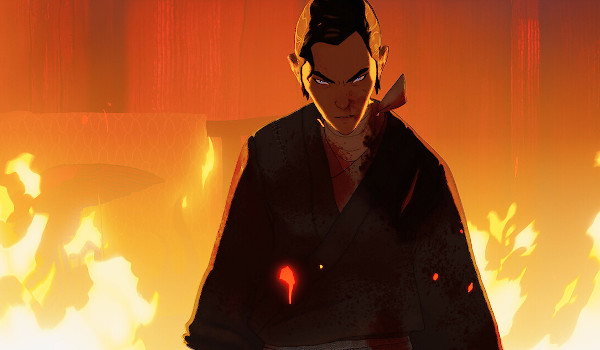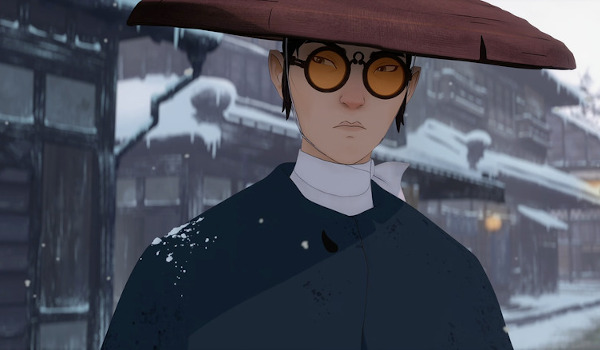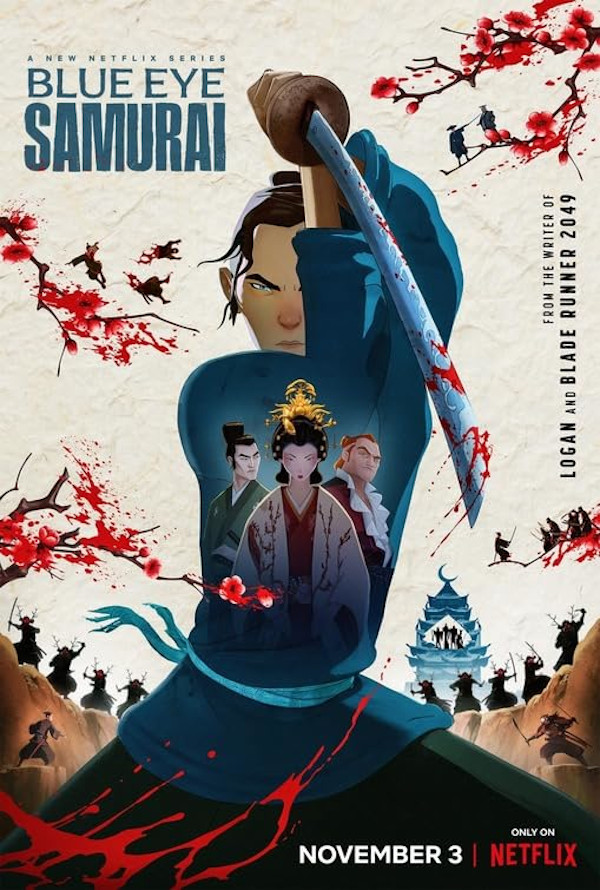- Title: Blue Eye Samurai
- IMDb: link

Set in 17th Century Japan, Blue Eye Samurai follows the vengeful quest of a blue-eyed ronin obsessed with the murder of four white men poisoning the country, any one of which might be her biological father. Since childhood, passing as male, Mizu (Maya Erskine) finds herself orphaned and being raised by a blind blacksmith and sword maker who can’t see and doesn’t hold his new apprentice’s mixed heritage against her.
Offering flashback’s to Mizu’s childhood, and a short period of peace where she lived as a woman, the series focuses primarily on her tracking down the second of the four men the ronin has sworn to kill while picking up the unlikely sidekick Ringo (Masi Oka) and becoming frenemies with the bully from her childhood Taigen (Darren Barnet). A good chunk of the story is also centered around the spoiled Princess Akemi (Brenda Song) whose attempts to get out of arranged marriage will eventually collide with Mizu’s revenge.
The truth of Mizu’s gender, given the character’s voice casting and animated design, is the series worst-kept secret prior to its reveal. However, she does manage to keep the secret from most of the other characters for the majority of the eight-episode season. Playing on themes of racism, sexism, and bigotry, Mizu’s mixed-race sets her apart from those around her often being compared to a demon (which only further fuels her own self-hatred and revenge). The Akemi storyline is of less interest to me. Although it does continue to play on the sexism of the time period and eventually dovetail in the climax, it’s not as interesting as the main storyline (especially as it keeps ending up right back where it started). The tease of where further stories could be headed suggests that a second season may keep the focus far more on Mizu.
The animation of the series is terrific, as is the mix of dramatic moments, action, and character-driven emotional journeys all while weaving in larger themes of race, sex, isolationism, nationalism, and brunt of tradition against the rise of technology. At only 8 episodes, its easily one of the most watchable series on Netflix right now (although its somewhat forced adult format could limit its viewership).
For her swordsmanship, and spending the majority of the series in the guise of a man in feudal Japan, comparisons to Mulan are impossible to ignore. It’s hard not to suspect that the need of the animation to push both the violence and sex of the series wasn’t, at least in part, a method to separate it from such comparisons. Those sequences feel more than a bit sophomoric, screaming at how adult the show really is, while the base storyline has enough going for it to be far more adult and more successful for all-ages without such measures.
